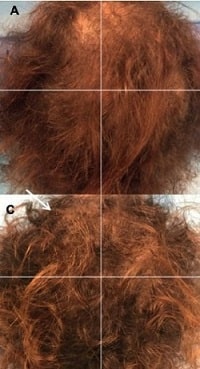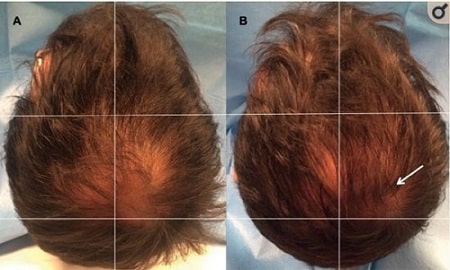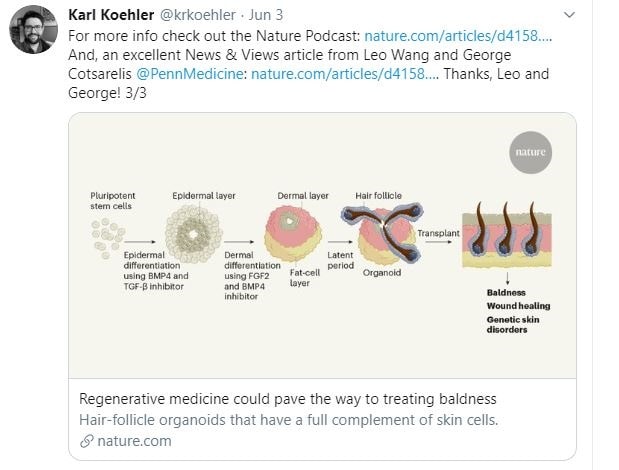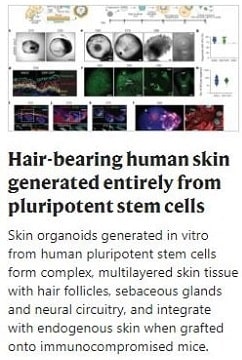Over the past few years, I have heard a lot about Dr. Pietro Gentile of Italy and his unique work in the hair loss field. His website and his Instagram have some interesting content. However, both are lacking relative to the higher quality of his numerous research papers.
Dr. Pietro Gentile and PRP
I originally learnt about Dr. Gentile via his collaboration with Dr. John Cole and Chiara Insalaco. In 2017, the three of them authored a paper comparing non-activated PRP versus activated PRP.
In my detailed post on the effectiveness of PRP for hair loss, I listed around 40 studies at the bottom. Of that total, 5 were authored by Dr. Gentile. On his website, the doctor has several pages devoted to PRP for hair loss and PRP for facial cosmetic treatments.
Hair Follicle Stem Cells

More interestingly, Dr. Pietro Gentile has in recent years published a number of papers on stem cells and hair growth. Most recently, in January 2020, he authored a paper titled “Autologous Micrografts from Scalp Tissue“. The conclusion was that micrografts containing autologous human hair follicle mesenchymal stem cells (HF-MSCs) could represent a safe and viable hair loss treatment.
The autologous micrografts of HFSCs were prepared using the doctor’s proprietary “Gentile Protocol”. Instead of harvesting hair follicle grafts like in a hair transplant, this process entails harvesting scalp tissue and associated hair follicle stem cells. I think that this tissue extraction can also be from outside the typical permanent hair donor zone. Dr. Gentile published the outline of his hair follicle stem cell isolation technique in an earlier paper from 2017.

Other Findings
in 2019, Dr. Gentile published a study on Adipose Tissue-Derived Hair Follicle Stem Cells (HD-AFSCs) improving hair growth and density. Make sure to read my past posts on adipose stem cells and hair growth. The doctor has also published a number of papers in the past on stromal vascular fraction, especially in regenerative plastic surgery and scar reduction applications.
In 2020, Dr. Gentile and his team found that a combination PRP + Microneedling + Laser treatment protocol led to great hair growth results. However, hard to tell which of the three made the most impact.

